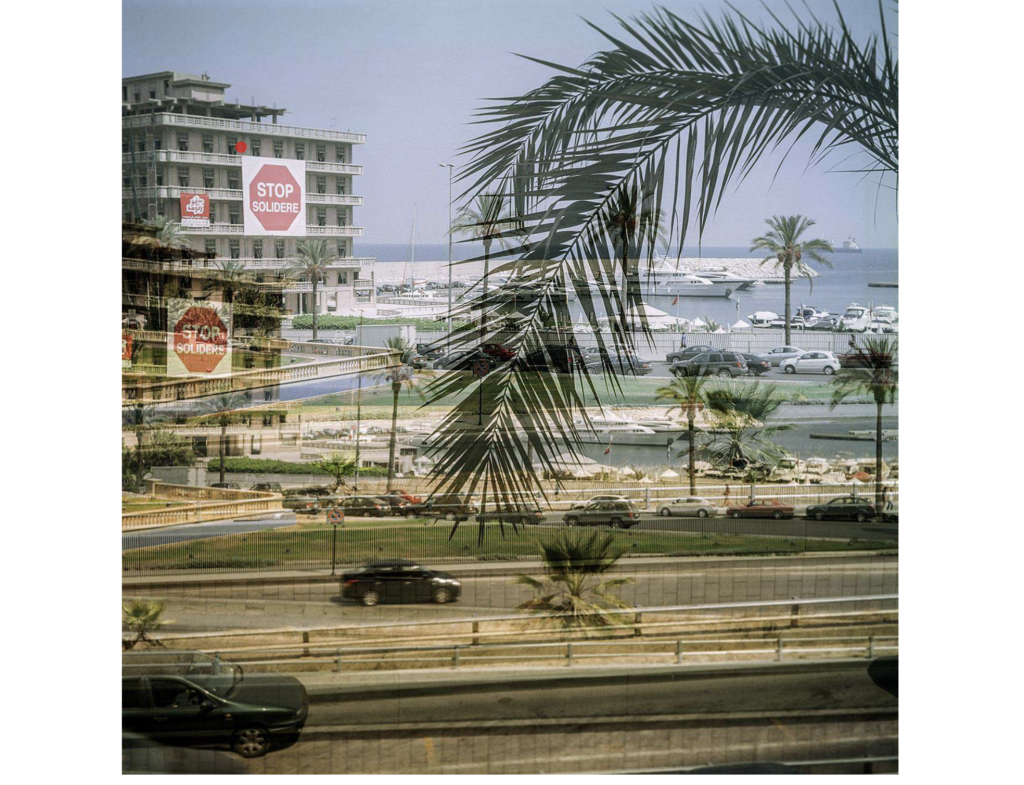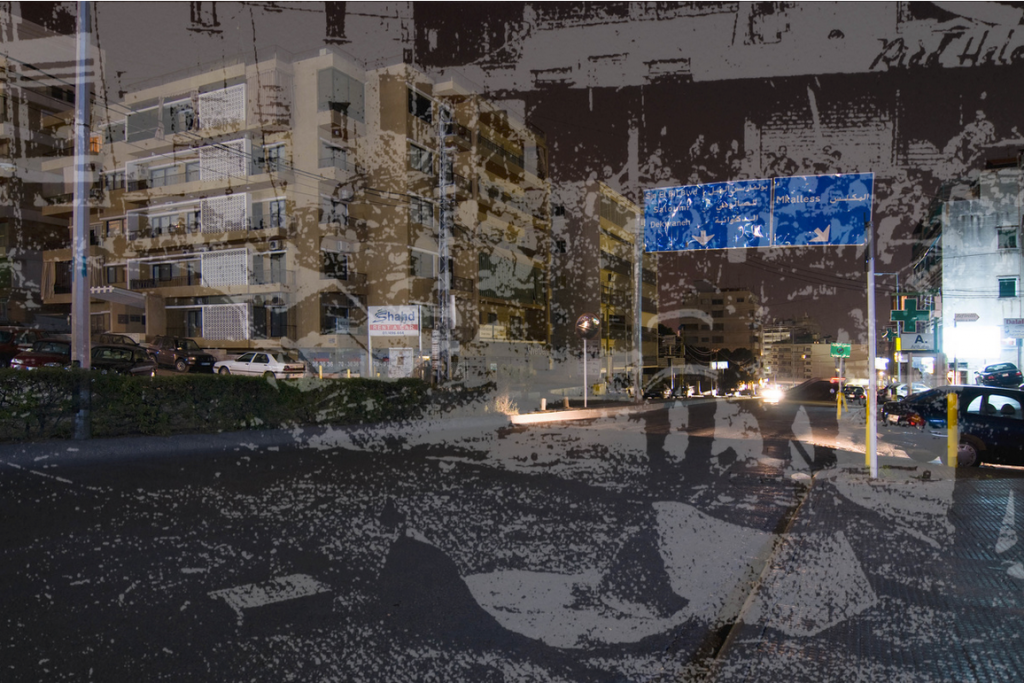9th-10th March 2019, Falmouth University, Institute of Photography
A great opportunity to get to know the work of the tutors better, and hear from students in the later stages of their work. Plus three stimulating presentations online from the USA. I’ll need to revisit this on Canvas, so just sketchy notes at this point, particularly in relation to development of my own work.
Jesse. Offered us a virus metaphor and explored Dawkins’ idea of the body as a vessel for genes, and the passage of the meme (as learnt memory gene). Raised issues for me around the toxicity of analogue photographic processes (related to the pollution around the former chemical plants on Barking marshes) and the vulnerability of the photographic print (and the print as artifact, which resonates with my current work with prints).
Stella. Exploration of hybrid photographic processes (eg. 3D in photoshop, alignment of fine art and commercial photography, combination of analogue and digital (could use this as part of the narrative around Barking marshes in relation to the passage from material to symbolic production, and from analogue to digital photography). Traced the emergence of New Media Arts and changes in the production and distribution of art in the 1980s. Follow up her paper on moire effects and errors, and the idea of asignifying semiotics. Also Hito Steyerl’s ‘How not to be seen‘. See notebook for others.
Paul. Frank exploration of his own biography and the photographic exploration of Blake’s passage along Stane Street. Great images, including shots from the annual Blake graveside gathering.
Michelle. Traced her pathway into photography and interest in sub-cultures and people on the margins. Interesting work on body-change, fragility and transition from childhood to adulthood. Check out 2006 monograph. And Multistory in West Bromwich for art projects.
Katerina. Traced through her MA work on moth trapping. Made reference to post-humanist theory and de-centring. Interesting array of outputs from the project: prints, archives, a small book. Interesting video of stills with music.
Gary. Good insight into his own work and re-photography more generally. Check screenshots from forthcoming book. Interesting exploration of work on Flickr and Instagram. See notes. Check Kedra, 2018, What does it mean to be visually literate, Journal of Visual Literacy, 37(2):81.
Clare. Re-enactment, memory and critique. Ref to Benjamin and Deleuze, and to the work of Jo Spence.
Karen. Short videos. Interviews, and adapts methodology to subject and collaborator. Explores physical space in relation to psychological sense of self. Seeks to use material in an informative and compassionate way.
Cemre. Photographs as objects. Explores how photographs play a part in intimate relationships. See Milktooth and Lohusa films on Vimeo. Double portraits without presence of either (eg umbilical cord as representing a relationship) – links with object related work. Explores changing roles and relationships in ageing. Check filbooks.net.
Mark Klett & Byron Woolf. Traced development of their work from survey to more creative exploration. Look at Drowned River (2018) with Rebecca Solnit. Overlaying of images. Now working in digital. Used portable printer in field to produce in situ panoramas. See notes for references.
Charlotte Cotton. Explored background and follow up to Public, Private, Secret at ICP, New York. Noted oblique approach to surveillance. Reference to alterity and othering. Check Zuboff on surveillance capitalism.
FMP candidates. Really interesting and useful insight. Will incorporate into later posting on FMP.
Chris Coekin & Noel Nasr. The Distance is Always Other. Insight into the process of development of the project. Check out book published by Dongola Press. Good on the development of a ‘visual strategy’ (and relationship with temporal and cultural shifts though re-photograph and dual image making). Strong rationale given for the combination of images taken by Noel and Chris at the same time with the same type of camera and film (relating to photographers from different cultural backgrounds addressing the same scene).

Also insight into how they incorporated sound (including field recordings). Noel’s earlier work also interesting in the use of archive material, printed over his images of scenes of assassination in white ink).

